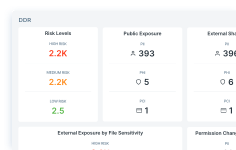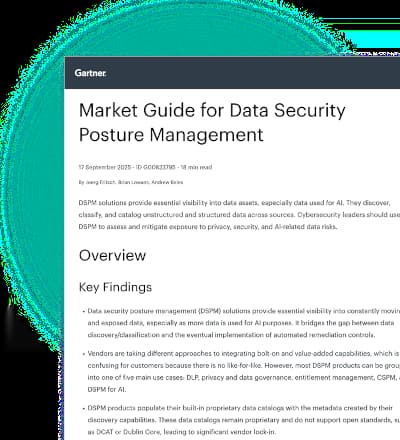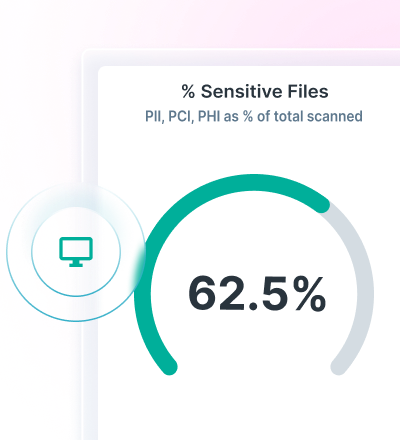
Traffic Management and Application Control in SD-WAN

Carlos Carvajal
February 13, 2025

Secure connectivity to SaaS and Cloud Services with Forcepoint Secure SD-WAN

Carlos Carvajal
January 27, 2025

Securing the Digital Landscape: Information Security Best Practices

Lionel Menchaca
November 12, 2024

Desglose de los 9 principales beneficios del SD-WAN

Carlos Carvajal
November 11, 2024

Understanding Forcepoint’s Dynamic Application Steering

Carlos Carvajal
October 3, 2023

FlexEdge Secure SD-WAN 7.1 Release

Carlos Carvajal
May 31, 2023

FlexEdge Secure SD-WAN Series Part 4—Complete Secure SD-WAN
Tuomo Syvanne
May 16, 2023

FlexEdge Secure SD-WAN Series Part 3—Service
Tuomo Syvanne
May 9, 2023

FlexEdge Secure SD-WAN Series Part 2—Security
Tuomo Syvanne
May 3, 2023












